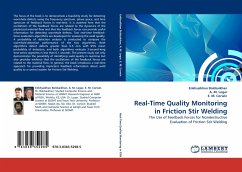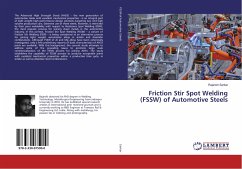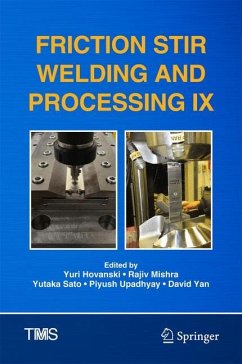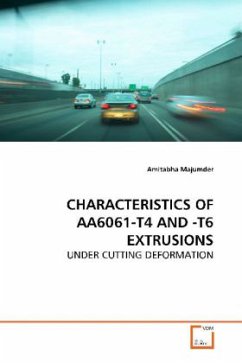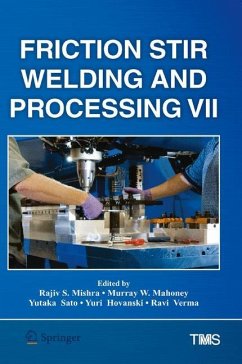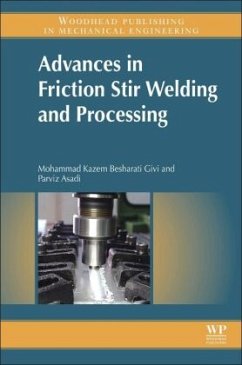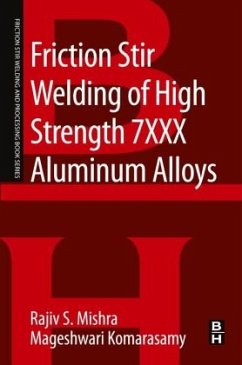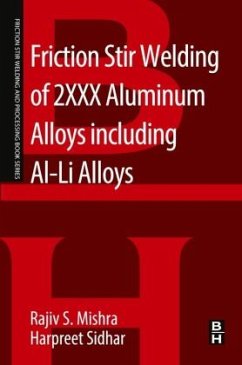
ON THE IMMERSED FRICTION STIR WELDING OF AA6061-T6
A METALLURGIC AND MECHANICAL COMPARISON TO FRICTION STIR WELDING
Versandkostenfrei!
Versandfertig in 6-10 Tagen
32,99 €
inkl. MwSt.

PAYBACK Punkte
16 °P sammeln!
Over the last few years, the use of friction stir welding as a manufacturing tool has grown to include many industries. These include the aerospace, land transportation, and marine industries to name a few. In this work an in situ heat treatment is purposed by welding the coupon in water. The objective of this research was to experimentally quantify the material properties as well as the forces unique to immersed friction stir welding as compared to conventional friction stir welding performed in air on AA6061. Two experiments were preformed at the Vanderbilt Welding Automation Laboratory usin...
Over the last few years, the use of friction stir welding as a manufacturing tool has grown to include many industries. These include the aerospace, land transportation, and marine industries to name a few. In this work an in situ heat treatment is purposed by welding the coupon in water. The objective of this research was to experimentally quantify the material properties as well as the forces unique to immersed friction stir welding as compared to conventional friction stir welding performed in air on AA6061. Two experiments were preformed at the Vanderbilt Welding Automation Laboratory using different tools and weld coupons for conventional friction stir welds and immersed friction stir welds. The results include comparison of planar and axial forces, moments or torques, welding temperatures, optical microscopy of the weld zone, and ultimate tensile strength at optimal welding conditions. A steady-state three dimensional model of the FSW tool was also developed for the purposeof understanding the contribution of quench rates on temperature distribution. This analysis shows that in situ heat treatment achieves greater weld strengths for industries using FSW.



